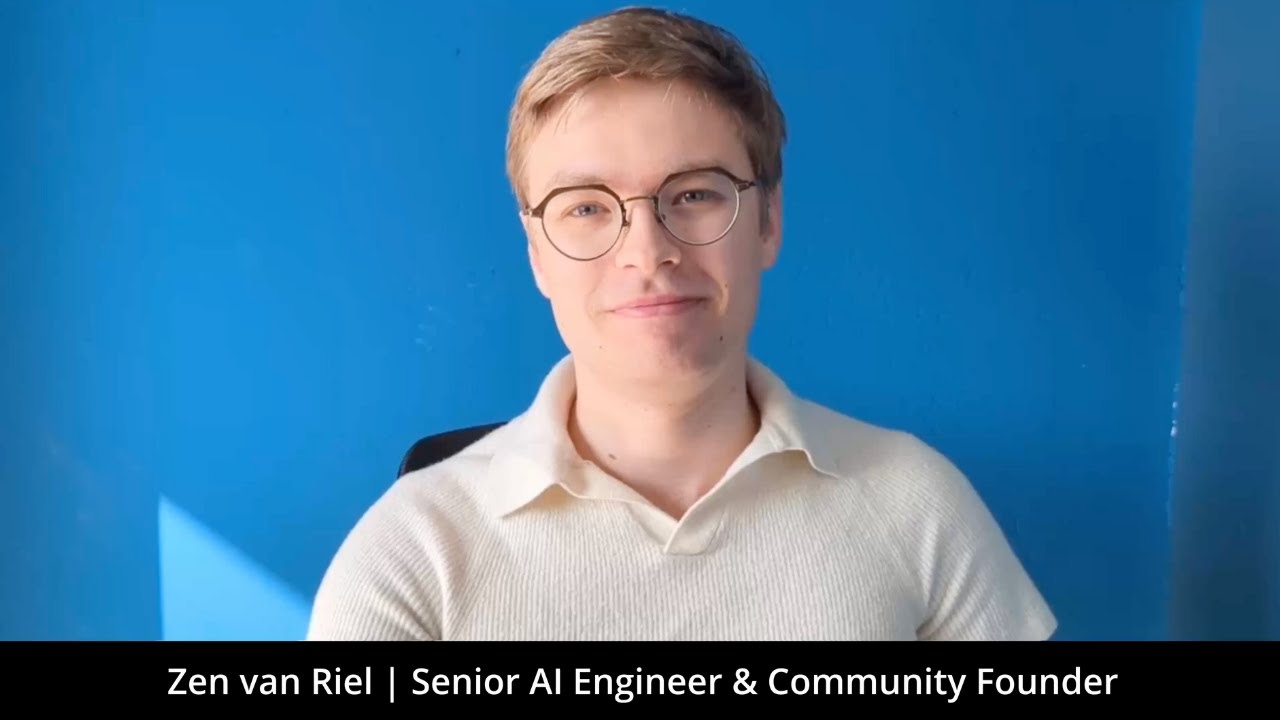DevOps Engineer to MLOps Engineer
DevOps engineers possess perhaps the most immediately transferable skill set for the AI implementation landscape. Throughout my experience building AI infrastructure and my own journey from software development into AI engineering, I’ve observed that DevOps professionals make exceptionally rapid transitions into MLOps roles—often becoming productive within weeks rather than months. If you’re currently in a DevOps position and considering specialization in AI infrastructure, your existing expertise creates a significant competitive advantage in this high-demand field. This transition aligns perfectly with the comprehensive AI engineering career path that many technical professionals are pursuing today.
The Critical MLOps Gap in AI Implementation
While much attention focuses on model development, the operational infrastructure for AI systems presents a more immediate challenge for most organizations. This is precisely where DevOps engineers can provide transformative value:
- AI models require specialized deployment patterns
- Inference scaling demands unique infrastructure solutions
- Model observability extends beyond traditional metrics
- Versioning encompasses both code and data artifacts
- Testing requires different validation approaches
This specialized infrastructure layer is essential for AI implementation success, yet companies struggle to find engineers who can bridge traditional DevOps and AI-specific requirements. Understanding these challenges is crucial when exploring production-ready AI deployment patterns.
Direct Skill Transfer Analysis
DevOps engineers bring numerous directly applicable skills to MLOps, with only targeted AI-specific knowledge needed:
| Existing DevOps Skill | MLOps Application | Knowledge Gap to Address |
|---|---|---|
| CI/CD pipelines | Model deployment automation | Model artifact management |
| Infrastructure as code | AI-specific cloud resources | GPU/TPU configuration |
| Container orchestration | Model serving architecture | Inference optimization |
| Monitoring systems | Model performance observability | Drift detection |
| Automated testing | Model validation and compliance | Evaluation metrics |
| Scaling architecture | Inference throughput management | Dynamic resource allocation |
This substantial skill overlap means DevOps engineers can typically transition to MLOps roles with a focused 2-3 month learning investment.
Practical Transition Pathway
The most efficient transition route I’ve observed involves:
1. MLOps Foundations (2-3 weeks)
- Understand AI/ML terminology and concepts
- Learn model lifecycle fundamentals
- Study differences between application and model deployment
- Complete a basic model deployment exercise
2. Model Serving Infrastructure (3-4 weeks)
- Master containerized model deployment patterns
- Learn inference optimization techniques
- Study vector database implementation
- Build a scalable model serving project
3. MLOps Pipeline Development (3-4 weeks)
- Develop model-specific CI/CD workflows
- Implement artifact versioning strategies
- Create automated testing for model validation
- Build an end-to-end model deployment pipeline
4. Advanced Operational Skills (3-4 weeks)
- Implement comprehensive model observability
- Master drift detection and monitoring
- Develop automated remediation strategies
- Create a production-grade MLOps project showcase
DevOps engineers typically secure MLOps roles within 3-4 months of focused preparation, with many transitioning even faster due to the direct skill applicability.
Specialized Infrastructure Requirements
MLOps requires adapting traditional DevOps practices to the unique needs of AI systems:
Model Versioning Beyond Code
Unlike traditional applications, AI systems require versioning of:
- Training data
- Model weights and hyperparameters
- Evaluation metrics and test results
- Production performance statistics
Inference Optimization Complexity
Model serving introduces unique challenges:
- Batch vs. real-time inference tradeoffs
- GPU/CPU resource allocation strategies
- Quantization and optimization techniques
- Caching and prediction storage patterns
Observability Extension
AI systems demand monitoring beyond traditional metrics:
- Drift detection across multiple dimensions
- Output quality assessment
- Prediction latency profiles
- Resource utilization patterns
Deployment Pattern Diversity
Model deployment encompasses varied approaches:
- Shadow deployment for validation
- Champion/challenger testing
- Gradual traffic shifting strategies
- Multi-model serving architectures
Common Transition Obstacles
When guiding DevOps engineers into MLOps roles, I’ve observed several recurring challenges:
- Model conceptual gaps: Understanding the statistical nature of model performance
- Data pipeline complexity: Managing data preprocessing dependencies
- Evaluation uncertainty: Defining success metrics beyond binary correctness
- Resource optimization: Balancing cost, latency, and throughput for inference
- Versioning scope: Implementing comprehensive versioning beyond just code
The most successful transitions occur when DevOps engineers recognize that while the tools may differ, the core principles of automation, reliability, and observability remain consistent.
Leveraging Your DevOps Background
When positioning yourself for MLOps roles, emphasize these transferable strengths:
- Highlight experience with infrastructure automation that can extend to model deployment
- Showcase monitoring expertise that can adapt to model observability
- Demonstrate scalability knowledge applicable to inference optimization
- Emphasize your experience with reliability engineering practices
Organizations increasingly recognize that successful AI implementation requires strong operational foundations—precisely what DevOps engineers provide. This aligns with the broader understanding of essential AI engineering job requirements that emphasize operational expertise alongside technical skills.
The MLOps Career Opportunity
The demand for MLOps engineers substantially exceeds supply, creating exceptional career opportunities:
- Higher compensation compared to general DevOps roles
- Increased strategic impact within organizations
- Opportunity to shape emerging best practices
- Exposure to cutting-edge AI applications
This specialization represents one of the most efficient paths to increase both compensation and impact for DevOps professionals.
Ready to accelerate your transition from DevOps engineer to MLOps engineer? Join my AI Engineering community for infrastructure-focused implementation patterns, deployment templates, and connections to others building AI operational expertise.

